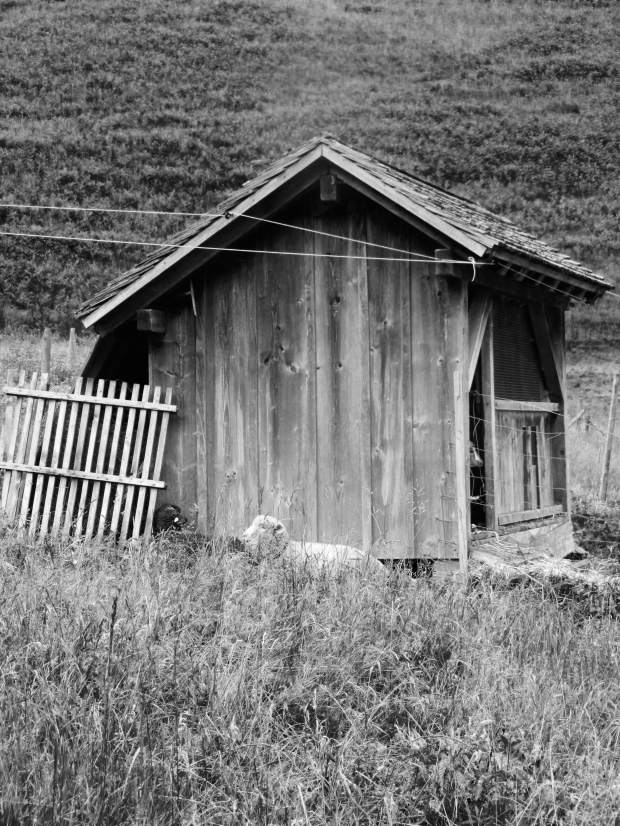I’m thrilled to recently have been featured by Passion Passport! I shared my amazing and slightly harrowing story of hiking in the Swiss Alps. Expect a full blog and more photos soon, but in the meantime check out their amazing site!
Category: Uncategorized
A Typical Swiss Farm (And Some Economic Chatter)

Baa
One of the most memorable parts of my time in Geneva was venturing to the Gruyeres region. You can read about my visit to the teeny and wonderful town of Gruyeres here, but the first part of this day trip deserved its own post!
Our first stop was at a farm perched on the hills in the Gruyeres countryside, perhaps about 20 minutes away from the town. Total disclaimer: this was a tourist stop, plain and simple. We were there to learn how to make fondue.
HOWEVER – Switzerland has a way of making tourist traps feel much less cheesy (ha.ha..cheesy…fondue…get it?) and I truly believe that this farm was mostly authentic. For one, the woman making the fondue spoke barely any English – not the norm in the more tourist-catering spots in the country. Secondly, our guide pointed out that our hosts lived here year round and only opened to tourists in the summer – pointing out the simple beds that were kept next to the giant cheese points for warmth during the winter.
At this point I had been in Geneva for two months and of course had heard of fondue – but somehow hadn’t gotten to try it yet. This is due to two reasons: fondue (much like everything but kabobs in Switzerland) is expensive. Secondly: fondue is a traditionally winter meal – I mean, it’s a giant vat of hot cheese. Now, I’m down for that year-round, any time of day, but it gets you judgy looks. Oh well.
I also knew nothing about the history of fondue. Apparently it started as a a traditional Saturday or Sunday meal, when the man of the house would pull together the left-over cheese, dregs of wine, and stale bread from the week for an industrious and filling meal. And yes, the bread is specifically meant to be stale – that way it sticks to the fondue spears better and soaks up more cheese.
While waiting for the fondue to boil/stuff our faces, I wandered outside to spend some time with the animals. Obviously they were adorable, that’s universal.
But while I was out there I did have a bit of a culture shock moment. I had started feeling it on the drive over, but hadn’t really been able to put my finger on it. In the United States, the countryside and more rural areas tend to be where lowerclass populations live – houses get smaller, older, in need of more repair. Establishments are spread out and cars are become more rickety. Many rural areas still lack running water, electrical heat, phone or internet access. Obviously I’m not saying that everyone who lives in the country is poor – but in my experience, America’s rural areas tend to be larger and more impoverished than many city-clustered residents think.
However, as we drove further from the city, Switzerland’s countryside did not appear to decline in that familiar patterns. Villages were small, houses were modest – but every structure appeared well-built, stable, and comfortable. Most of the homes had cars in very good shape – some every luxury vehicles.
In this country of considerable wealth, living in a rural area seemed to be more normal, less stigmatized than in the United States. And that was a bit jarring. Ultimately it seems our wealth is more spread out, and more unequally distributed amongst our populace, making for those pockets and swaths of economically impoverished areas that I rarely saw in Switzerland.
Ok, that’s my limit on economics talk. Here are some cute farm animals!











